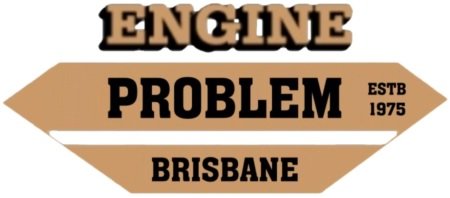Cooling System Service

COOLING SYSTEM SERVICE PROCEDURES.
UMR ENGINES RECOMMENDED COOLING SYSTEM SERVICE PROCEDURES.
An explanation of the importance of correct cooling system service procedures.
(1) The selection of the correct coolant is very important. General rules can be applied to most vehicles in Australia. ( Always recheck your choice and make sure your selection at least is equal to or exceeds the manufacturers recommendations)
(2) There are two groups of coolant manufactured for passenger vehicles. They are simply called type A and type B.
(3) To simplify the difference with the two coolants would be to say that type B coolants are only suitable where aluminum corrosion and hot spot boiling are not a concern. This would make type B unsuitable for use in most post 1980 motor vehicles. Type A coolants give the best protection from hot spot boiling erosion and the inhibitors used are designed to protect a system containing a large amount of aluminum.
(4) The component that controls the hot spot boiling erosion is glycol. So the main reason that type A and type B coolants have different capabilities to control hot spot boiling erosion is the % of glycol used. Almost all type B coolants have very little % of glycol when mixed in their recommended dosages. Types A coolants when mixed will have between 30% to 70% of glycol by volume. This % of glycol is required in the cooling system before any hot spot boiling protection is given.
(5) Hot spot boiling occurs in isolated areas in an engine where the casting is thin and the temperature transfer high, such as the exhaust port waterways. Glycol’s effect on these problem areas is to decrease the erosive action by reducing the size of the oxygen bubbles formed at these hot spots.
(6) Glycol in type A coolants also acts as an anti-freeze. So glycol increases the boiling point and also lowers the freezing point of the coolant.
(7) Coolants are supplied either in concentrated form or premixed. Premixed are ready to use. Demineralised water should be used as chlorine depletes the life of the inhibitors in the coolant. The use of chlorinated water will reduce the effective service life of the coolant.
(8) When servicing the cooling system check the % of glycol and the pH (reserve alkalinity). Both these items can be checked using a check strip. These strips have two indicators and measure both glycol % and pH in one test. The indicators are simply matched against a two colour scale.
(9) A refractometer can be used to check the glycol % but must be used in conjunction with a pH test.
(10) Stray currents exist in the cooling system and should be below .05volts. Stray currents are any current that uses the coolant as an alternate path back to the battery earth terminal. Stray current testing should be carried out to ensure that alloy heads and blocks are not suffering from stray current erosion. The testers available are electronic pass or fail type. If fail is indicated all earth connections should be checked and cleaned. Extra earth wires can be fitted from the head or block to the earth terminal of the battery if in doubt.
(11) When changing coolant it is important to power-flush the complete system to remove any loose build up and all of the old coolant. Some coolants will react when mixed with other coolants. It is a good practice to record the brand and type of coolant used so its performance can be monitored and the same type and brand used when recharges are made during service. If a customer is to add coolant, a premix pack should be supplied at the time of coolant change ensuring no added water or other type coolants aren’t used rendering the protection ineffective.
THE CHOICES OF COOLANTS IS QUITE EXTENSIVE. THE EFFECTIVENESS OF THE INHIBITORS WILL VARY FROM SUPPLIER TO SUPPLIER. ALWAYS CHECK THAT THE COOLANT MEETS THE MINIMUM STANDARD REQUIRED FOR THE VEHICLE.
: Every care has been taken in writing this information and procedures, but no responsibility can be excepted for errors, omissions or misuse of this information and procedures. The information available on this site is for your instruction only and cannot be copied for sale, © copyright 2020 UMR Engines www.engineproblem.com.au
